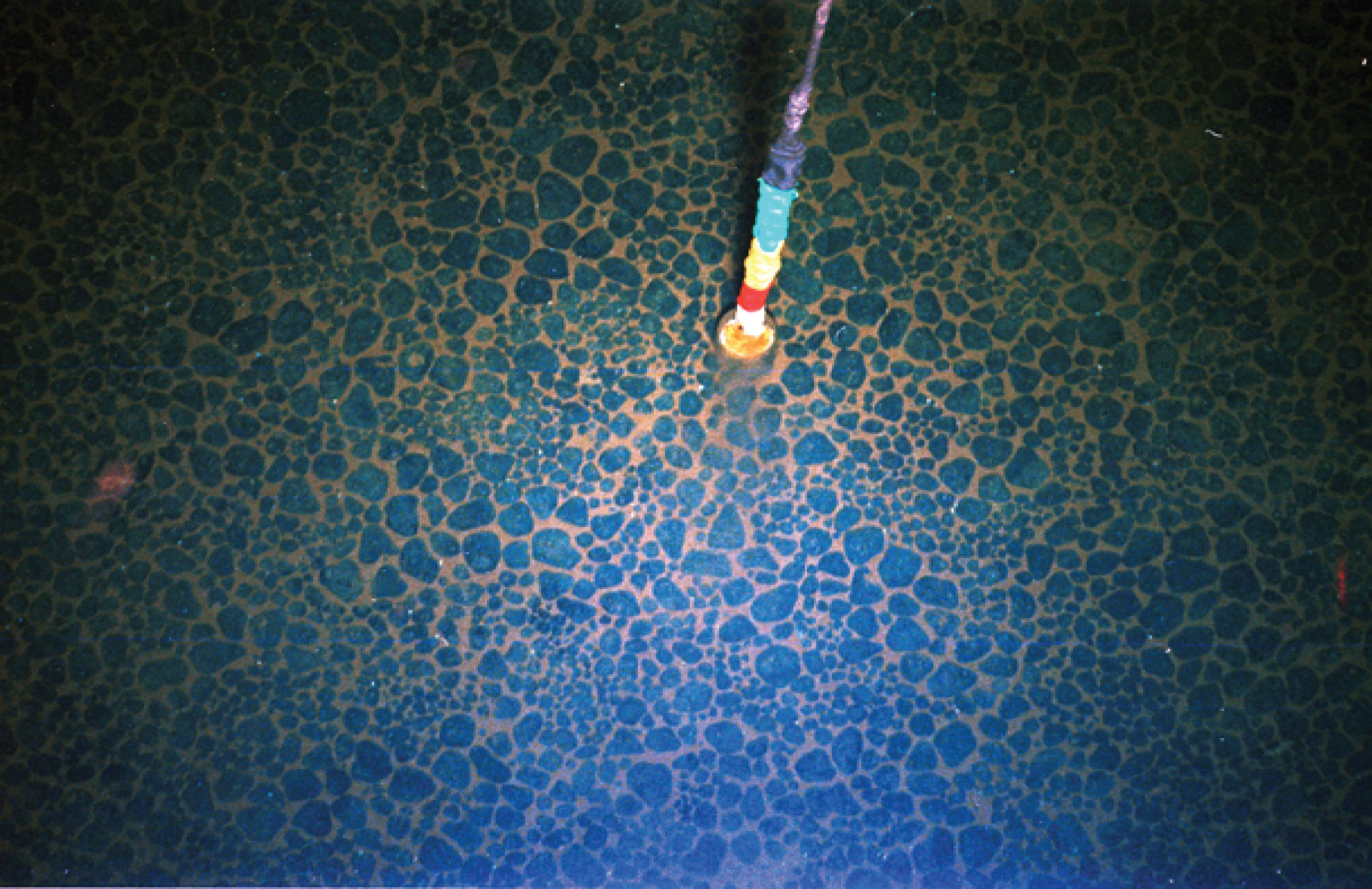The world is on the cusp of a new “gold rush” – and it has the potential to be disastrous for the marine environment. As demand for electronics and batteries continues to grow, eagle-eyed investors are looking to make a fortune by mining the deep sea for rare minerals. While an appetite for profits is slowly pushing this possibility into reality, environmental groups and marine scientists have warned that ruthlessly plundering the seafloor comes with huge unknown risks and could prove catastrophic for this vulnerable ecosystem.
The prospect of deep-sea mining is a catch-22. With the world looking to edge away from fossil fuels, rechargeable batteries – like the ones in electric cars, as well as your smartphone and laptop – are going to become an invaluable technology. However, the raw materials needed to make batteries, primarily lithium and cobalt, require huge amounts of energy to mine and can prove difficult to obtain.
Deep-sea mining has been offered as a possible way to satisfy the booming demand for these rare materials. Along parts of the sea floor at depths of 4,000 to 6,000 meters (13,123 to 19,685 feet), you can find fields filled with polymetallic nodules, sometimes referred to as deep-sea potatoes, which are loaded with many of the rare metals needed for batteries like cobalt, copper, manganese, and nickel. At shallower depths, you can also find thick crusts filled with a similar cocktail of rare metals.
To get our hands on these minerals, it would require giant robotic machines to excavate the ocean floor by stripping away its top layers. The slurry would then be pumped above the surface to a ship, while wastewater and debris are dumped into the ocean, creating huge clouds of sediment underwater.
A bed of manganese nodules photographed on the deep offshore of the Cook Islands during a Japanese research cruise in the year 2000.
Image credit: USGS/Public Domain
The Centre for Biological Diversity notes that this “will inevitably harm” the sensitive ecosystems that exist across the marine environment, from sea-floor sponges and corals, to turtles and sharks.
In 2021, over 775 marine scientists and policy experts signed an open letter calling for a pause on all deep-sea mining until robust scientific evidence can prove that it won’t significantly damage the marine environment. Likewise, a group of 37 financial institutions have released a joint statement urging governments to not proceed with deep seabed mining until the risks are fully understood.
As far as potential hotspots for deep-sea mining go, many have got their eye on a part of the deep sea called the Clarion-Clipperton Zone (CCZ), a 6 million square kilometer (1.7 million square mile) patch of sea floor in the central and eastern Pacific stretching from Mexico to Hawai’i. It may be abundant in rare minerals, but it’s also rich in biodiversity. A recent study managed to identify 5,578 different species living in the CCZ, around 90 percent of which are entirely new to science.
As it stands, the United Nations body responsible for deep-sea mining permits – the International Seabed Authority (ISA) – has not authorized any commercial mining for seabed minerals, although it has issued over 30 exploration licenses.
Some fear that could soon change. In July 2023, the little-known ISA held a conference to discuss regulations around deep-sea mining. The talks were sparked in 2021 when the Pacific Island of Nauru informed the ISA that it wanted to begin deep-sea mining, giving the authorities two years to set out rules governing the new industry.
The discussions ended with mining companies failing to get an immediate green light to start plundering the oceans. While this result was celebrated by environmentalists, they warned that the battle is far from over.
“Investors looking at what happened in the past week will only see a desperate industry trying to maintain the illusion it has any future,” Louisa Casson, Greenpeace International Oceans campaigner, said in a statement last month.
“It’s become clear during these weeks that irresponsibly pressing ahead to mine the deep sea in the middle of a climate crisis is not only reckless but politically toxic. The world is fighting back against deep sea mining – there’s a big fight ahead, but the fight is on,” Casson added.
Source Link: A New "Gold Rush" Is Brewing – And Potential Disaster Looms
